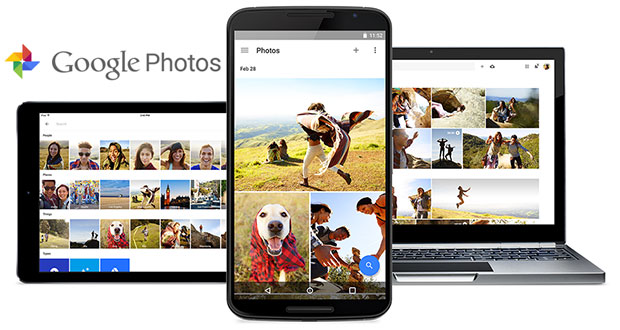Uninstalling Google’s Photos app doesn’t turn off backup sync, meaning photos taken with Android devices could be saved to the company’s cloud storage, even if the user doesn’t intend to store them there, Google acknowledged on Tuesday.
The issue came to light last week, when a BizJournals editor reported finding hundreds of family photos he had deleted from his phone stored in Google Photos — even though he had uninstalled the Google Photos app.
“Some users have uninstalled the Photos app on Android without realizing backup as an Android service is still enabled,” Google said in a statement provided to TechNewsWorld by spokesperson Katie Watson. “This is something we are committed to resolving. We are working to make the messaging clearer as well as provide users who uninstall the Photos app an easy way to also disable backup.”
Right now, users wanting to shut off backup sync will have to do so manually. To shut down the pipeline between an Android phone and a Google cloud account, users will have to select the Google Photos option from the Google Settings menu and then toggle the “Backup” slider to the “Off” position.
The Discovery
The wide open back door leading from Android to Google Cloud was discovered by David Arnott, an assistant news editor at BizJournals.
Arnott had been was mulling replacements for the Flickr app, so he gave Google’s Photos app a try for a few days. He then removed the app, but backup sync just kept on syncing and sharing without his knowledge.
More than a month later, he decided to check out Google Photos one more time and reinstalled the app. Arnott was stunned to find that hundreds of photos he’d taken of family members during the interim had been uploaded and sorted via the company’s facial recognition tech.
While no one other than Arnott had access to the cloud-stored images, he was angry that Google had access to the pictures and potentially could use them in its data mining efforts. He found a response from a Google spokesperson disheartening, to say the least.
The backup worked as intended, Arnott was told.
Evil or Nah?
This issue with backup sync seems, at worst, little more than improper communication on the part of Google, said Daniel Castro, a vice president at the Information Technology & Innovation Foundation.
“This seems fairly innocuous,” he told TechNewsWorld. “Google said it is going to improve its messaging to users to clear up this confusion, so it seems reasonable to take it at its word that this was just a miscommunication.”
Google may be ahead of its time on myriad innovations, and its desire to track the footsteps of users online and offline has led many to mistrust the company.
Fears over Google’s backup sync and the features shutoff valve may be an extension of anxieties associated with prompts requesting GPS location data or the sharing of search history to improve the experience of this app or that one.
Those worries are valid, but so is the tech, Castro observed. “I suspect there is at least one user out there who would be happy to discover photos on a lost or stolen phone are still safely backed up.”




















































